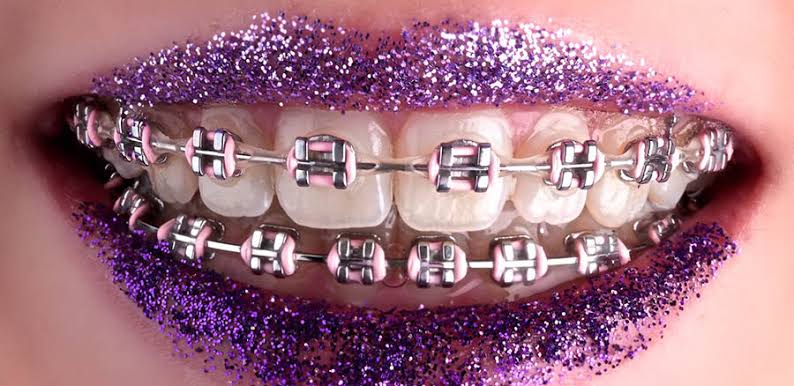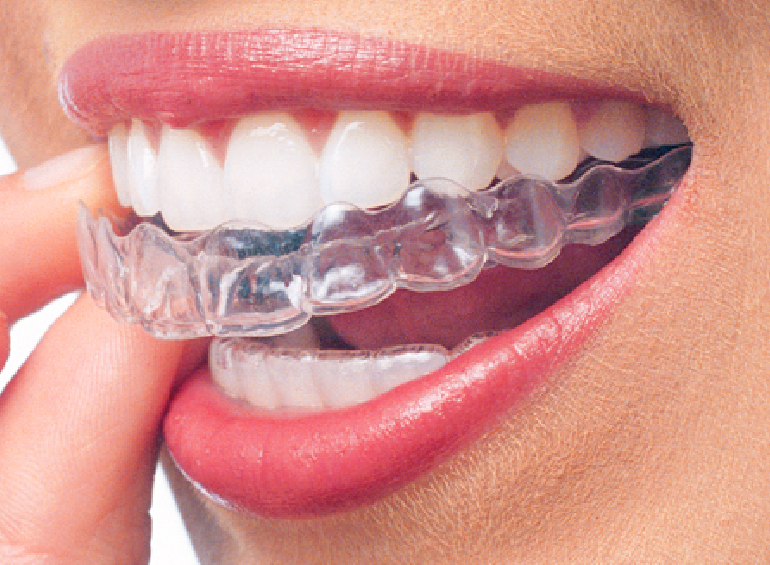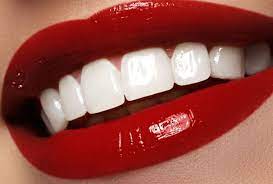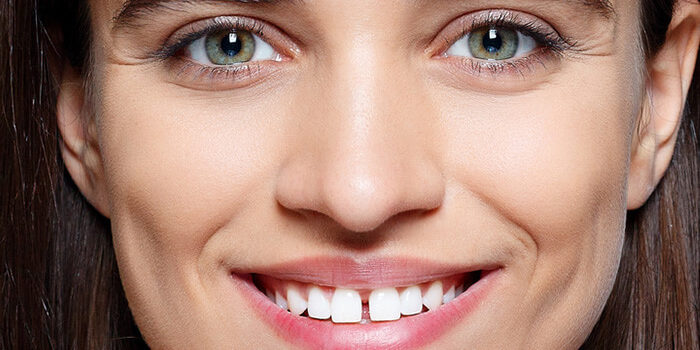
When it comes to orthodontic treatment — whether it’s traditional metal braces or modern clear aligners — timing can make a big difference. But the question many parents and even adults ask is: What’s the right age to start?
The short answer? There’s no single “perfect” age. Orthodontic care can benefit children, teens, and adults alike — it just depends on the individual’s dental development and the type of correction needed.
Let’s break it down by age group and explore the best timing for braces or aligners
1. Early Childhood (Ages 6–9): Laying the Foundation
While full braces or aligners usually aren’t applied at this age, early orthodontic evaluations are highly recommended. The American Association of Orthodontists advises scheduling the first visit around age 7.
Why so early?
• The first adult molars are in place, allowing orthodontists to check bite and jaw alignment.
• Early detection can catch developing problems like crossbites, underbites, and severe crowding.
• Some children may benefit from early (Phase 1) treatment to guide jaw growth or make room for permanent teeth.
This phase might involve expanders, partial braces, or other appliances — but it sets the stage for smoother treatment later on.
2. Preteens & Teens (Ages 10–16): The Ideal Time for Full Treatment
This is the most common age range for orthodontic treatment. By this time:
• Most (if not all) permanent teeth have erupted.
• Jawbones are still developing, making tooth movement more efficient.
• Kids are mature enough to manage oral hygiene and treatment instructions.
Both braces and clear aligners (like Invisalign® Teen) are effective during this stage, and orthodontists can recommend the best option based on the patient’s dental needs, lifestyle, and preferences.
Why this age is ideal:
• Treatment time is often shorter due to active growth.
• Issues like crowding, gaps, or bite misalignment can be corrected more easily.
• Teens tend to be motivated by aesthetic improvements and social confidence.
3. Adults (17+): It’s Never Too Late
Orthodontic treatment isn’t just for kids anymore. In fact, nearly 25% of orthodontic patients today are adults.
Adults may seek treatment for:
• Cosmetic reasons (straightening teeth, closing gaps)
• Correcting bite issues that affect speech, chewing, or jaw health
• Relapse from childhood treatment (teeth shifting back over time)
Braces (including low-visibility ceramic options) and clear aligners are both effective for adults. While treatment might take slightly longer in fully developed jaws, modern techniques can achieve excellent results.
Braces vs. Aligners: Does Age Matter?
Both braces and aligners are effective tools — but they’re not always interchangeable.
| Factor | Braces | Aligners |
| Suitable for | All ages | Teens & adults (some kids if highly responsible) |
| Best for | Complex corrections | Mild to moderate cases |
| Visibility | Visible (metal or ceramic) | Nearly invisible |
| Maintenance | Fixed, easier for younger patients | Removable, requires discipline |
| Comfort | May cause soreness from brackets | Smooth and irritation-free |
In general, younger children are better suited for braces due to their durability and minimal need for responsibility. Teens and adults, on the other hand, often prefer clear aligners for aesthetic and lifestyle reasons.
So, What’s the Right Age for You or Your Child?
There’s no one-size-fits-all answer, but here’s a general guide:
• Ages 7–9: Early screening, possible interceptive treatment
• Ages 10–14: Ideal window for full orthodontic treatment
• Ages 15–18: Still highly effective and flexible for different options
• Ages 18+: Adult treatment is possible and increasingly popular
The best way to know for sure is to schedule a consultation with a licensed orthodontist. They can assess your (or your child’s) smile, jaw development, and dental history to determine the most effective treatment and timing.
Conclusion
Whether it’s traditional braces or discreet aligners, orthodontic treatment can have a lifelong impact on oral health and confidence. And while age is an important factor, it’s never too early — or too late — to start the journey to a better smile.



